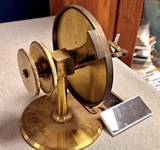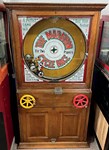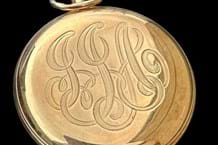One of the very few remaining late Medieval astrolabes to be dated, a rare 15th-century example, leads the Important Instruments of Science and Technology Sale on April 24 at Bonhams Knightsbridge.
The Regiomontanus/Cardinal Bessarion Astrolabe, dated 1462, carries an estimate of £250,000-350,000.
Bearing the inscription Under the protection of the divine Bessarion on whom all can be said to depend I arise in Rome the work of John 1462, the astrolabe was a testament to patronage between a young German humanist and Greek cardinal.
Johannes Bessarion entered the order of St Basil at an early age. He was created a Cardinal-priest by Pope Eugenius IV in 1439 and soon became a champion for the reunification of the Greek and Roman churches, becoming Patriarch of Constantinople in 1463.
Johann Müller (1436-76), later known as Regiomontanus, was a student at the University of Vienna, where, under the tutelage of celebrated astronomer Georg Peurbach, he entered Bessarion’s circle in May 1460. The present astrolabe was one of his early works, marking the beginning of a patronage relationship defined by a shared passion for the humanities.

Regiomontanus/Cardinal Bessarion Astrolabe, dated 1462, estimate £250,000-350,000 at Bonhams.
Transition period
Only one of five dated astrolabes of this type in the world, the Regiomontanus/Bessarion model is, says Bonhams, a “direct link to a period of scientific and spiritual transition in European culture. The humanist Roman script used in the engraving is characteristic of the 15th century, but it retains traces of the preceding Gothic era in its numerals and the use of the quatrefoil motif.”
Jon Baddeley, Bonhams specialist, adds: “The Regiomontanus/Cardinal Bessarion Astrolabe is in remarkable condition.
“The rete (map of the sky) of the astrolabe marks the position of 30 named stars alongside three plates that can be exchanged. Each plate, or tympan, is specific to a particular latitude, one of which was marked specifically for Rome, showing that city’s importance to Bessarion.”















